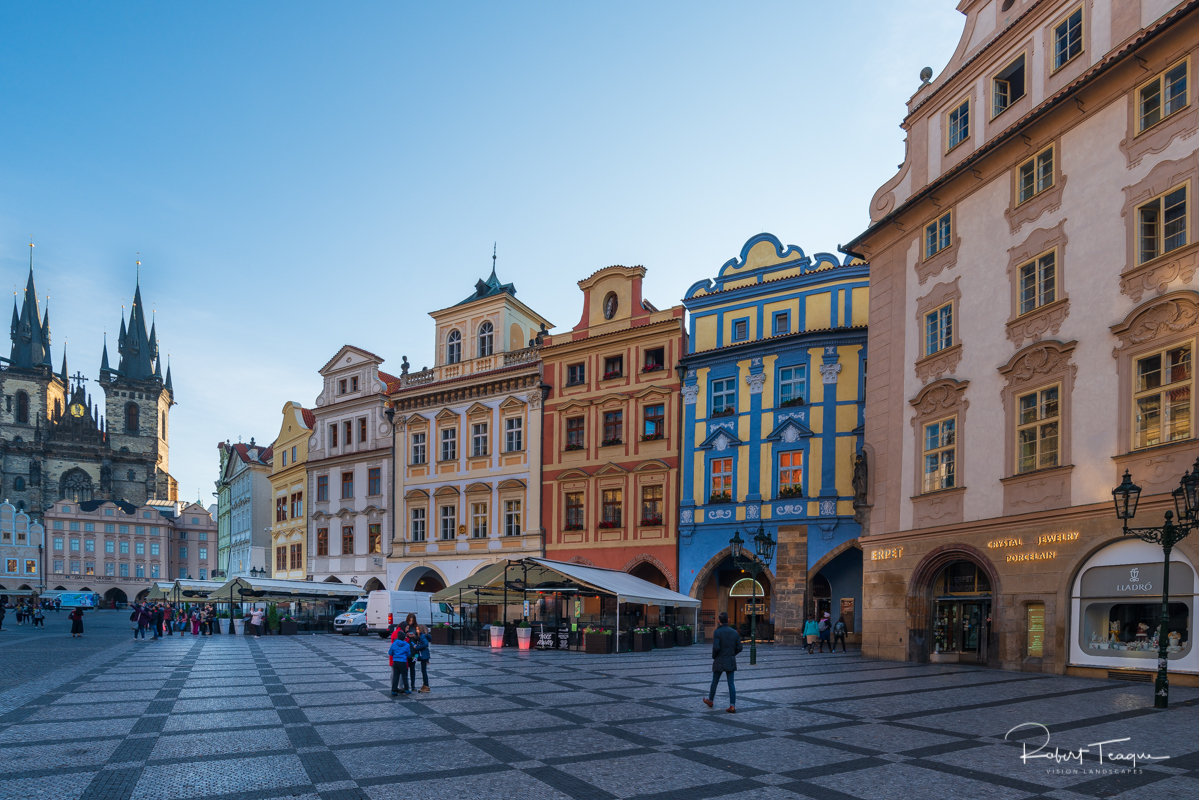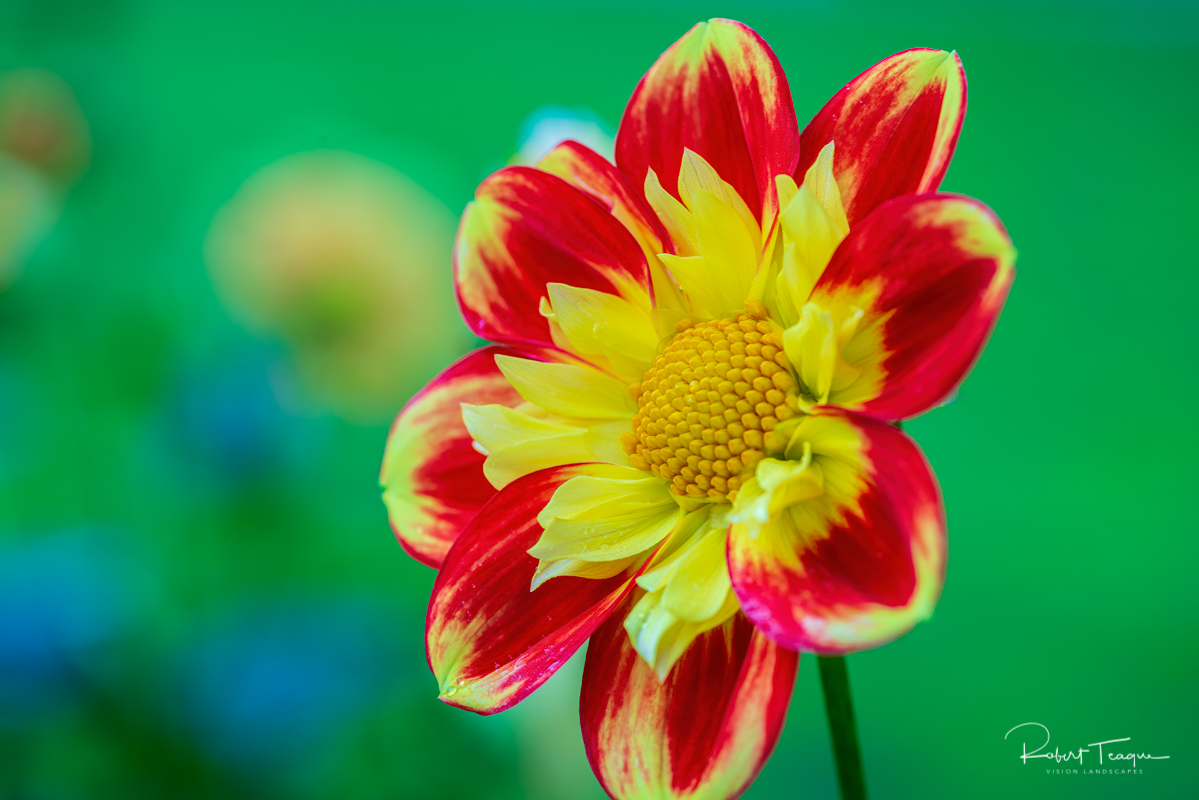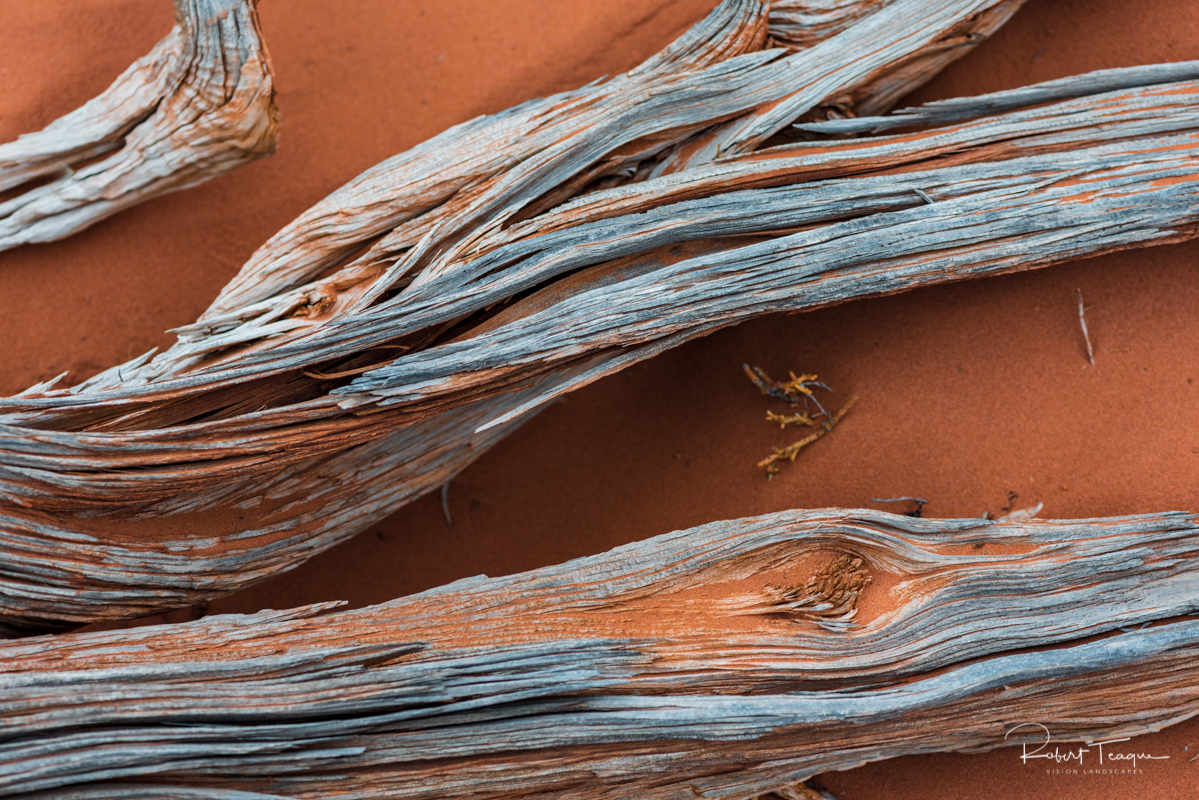Photo and Travel Tips
Often when traveling or spending time in nature, I think about little things that I do when photographing, to help me make the image. Additionally, whenever I travel I make a list of things about the location I'm visiting, as a memory aid, and as a guide to things I should look for. On this page, I present some of those tips and notes that I've developed over these years, in the hope others will find them valuable as well.
Travel Tip : Prague's Old Town Square
Prague's Old Town Square is vibrant and full of activity. The architecture of the square makes it feel like you've just taken a journey back in time, 600 or 700 years. It's also extremely crowded during the day. The best time to visit the square is very early in the morning. At that time of day, the shops and restaurants lining the square are getting supplies for the day. Not to worry, if that's too early for you. There is a Starbucks in the square for a quick caffeinated pick-me up.
The square is lined with varying styles of architecture including Neo-Gothic (the churches of St Paul and St Peter), Gothic (the church of ‘Our Lady Before Tyn’) and Baroque (St Nicholas’ Church in Lesser Town or Loreto). The colors of the buildings are remarkable, more so with the early morning sun behind the buildings.
Photo Tip : When Simplicity is the Goal
It seems that generally speaking, the images that speak most deeply to us are also the ones where simplicity is the key. Perhaps, this is because simplicity requires clarity in the composition. A photographer may spend a lifetime in the study of composition, seeking to pull out clarity from a chaotic scene by learning what to include and what to exclude. Composition is an open-ended puzzle in four dimensions (not forgetting time), ever shifting and changing.
When approaching a landscape, whether for the first time, or the hundredth time, it's easy to get caught up in the view. The view is what leads many to landscape photography, but also results in a tendency to want to add all it to the composition as quickly as possible. The key to clarity in composition is patience. Take a deep breath, look around to the side and behind. What direction is the sunlight coming from, what is in front of you, they will add or subtract from the clarity you hope to achieve.
Photo Tip : Mind the Intimate View
The grand landscape has often been considered the height of achievement by many landscape photographers. This is evident in the high regard we show for the masters of landscape photography, like Ansel Adams, Philip Hyde or Eliot Porter. It is easy to start with the sweeping wide view, and forget the richness of the scene that lies at our feet.
How do we overcome that natural impulse? Take a step back from the vista point and visually explore the small view that lives in front of you. It's not macro photography we are discussing, but rather a view that excludes the horizon, what we call the "intimate" landscape. Intimate landscapes create a feeling of solitude, encouraging the viewer to concentrate solely on the elements contained within the boundaries of the photograph. It invites the viewer to see and feel the textures, colors, and patterns, to be a witness of that solitude and to appreciate what the senses bring.


